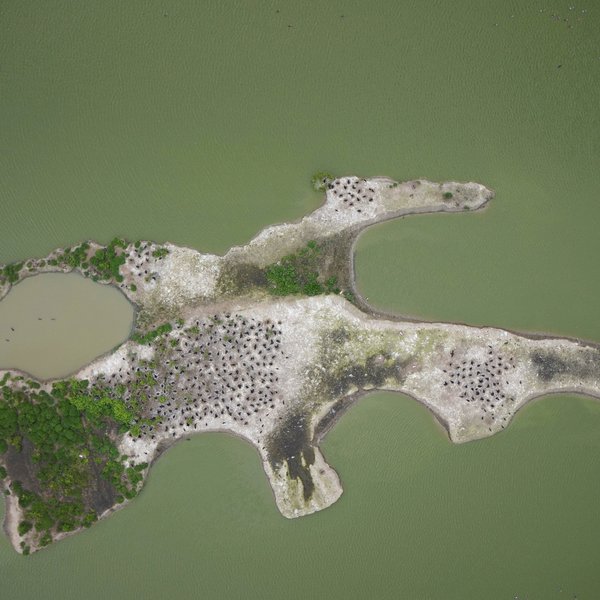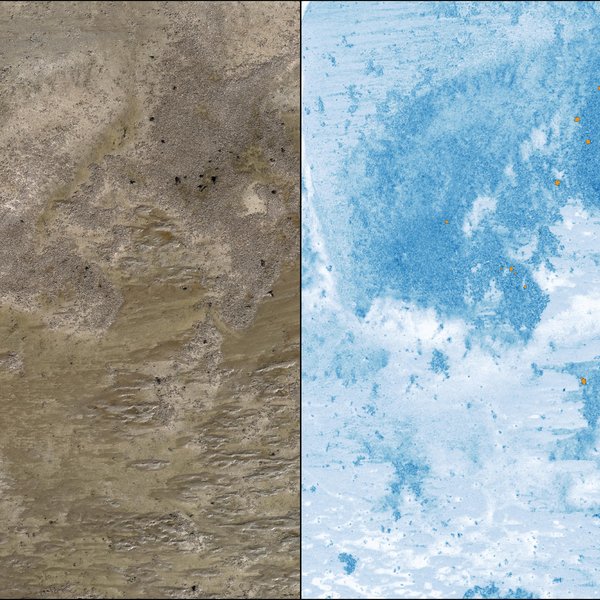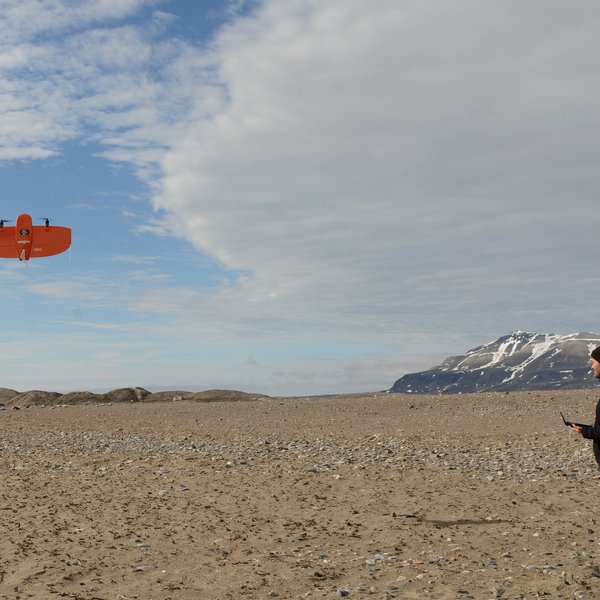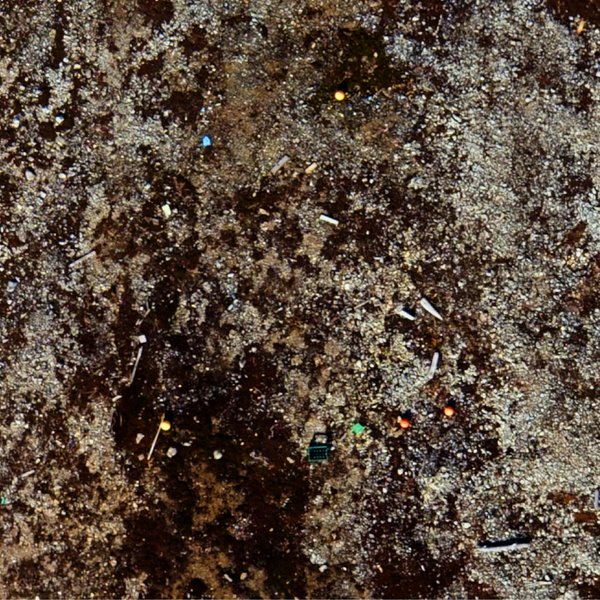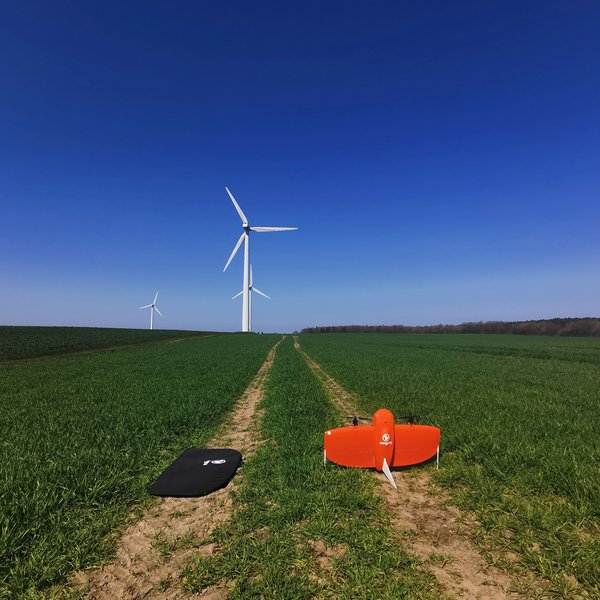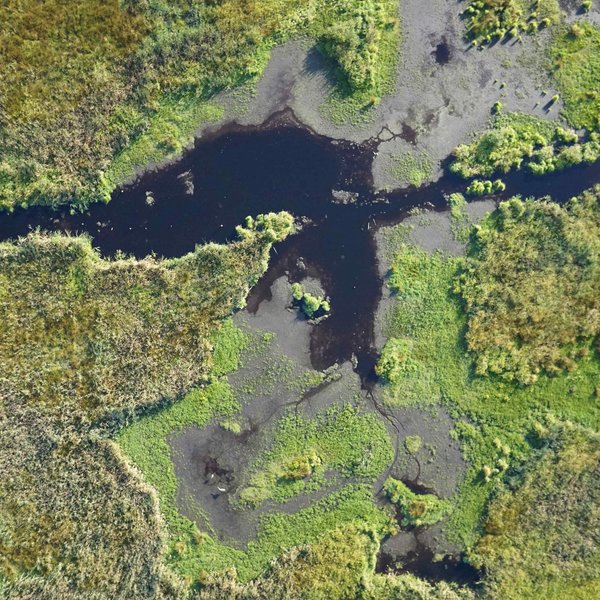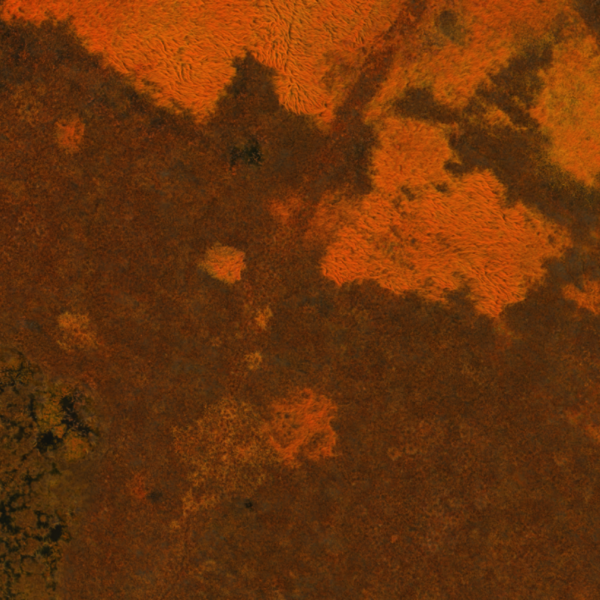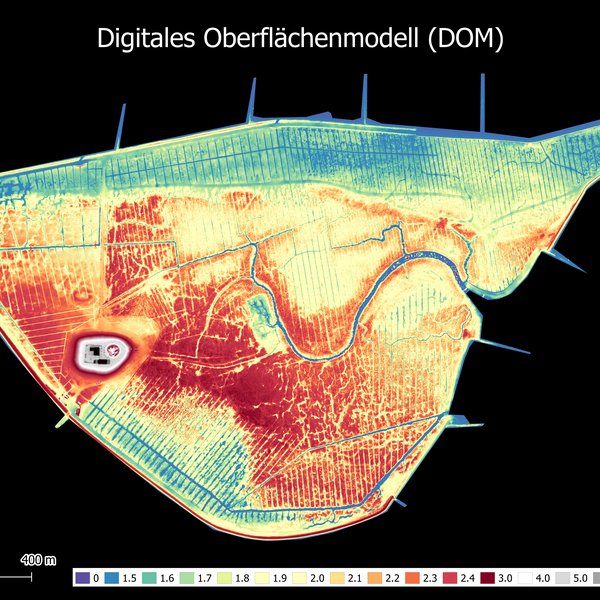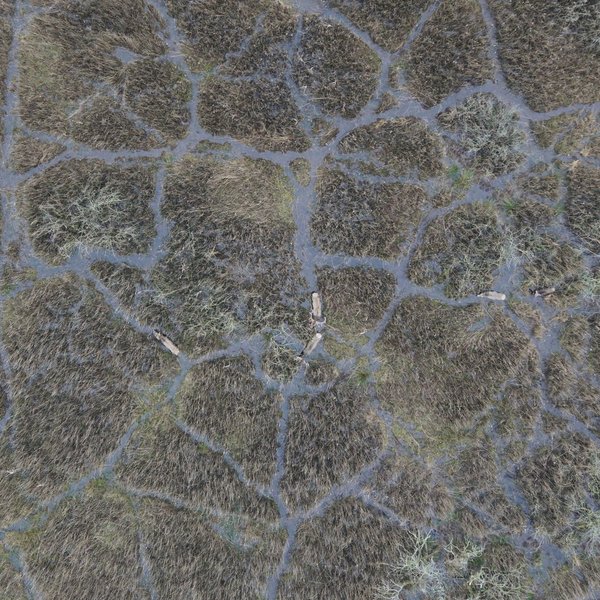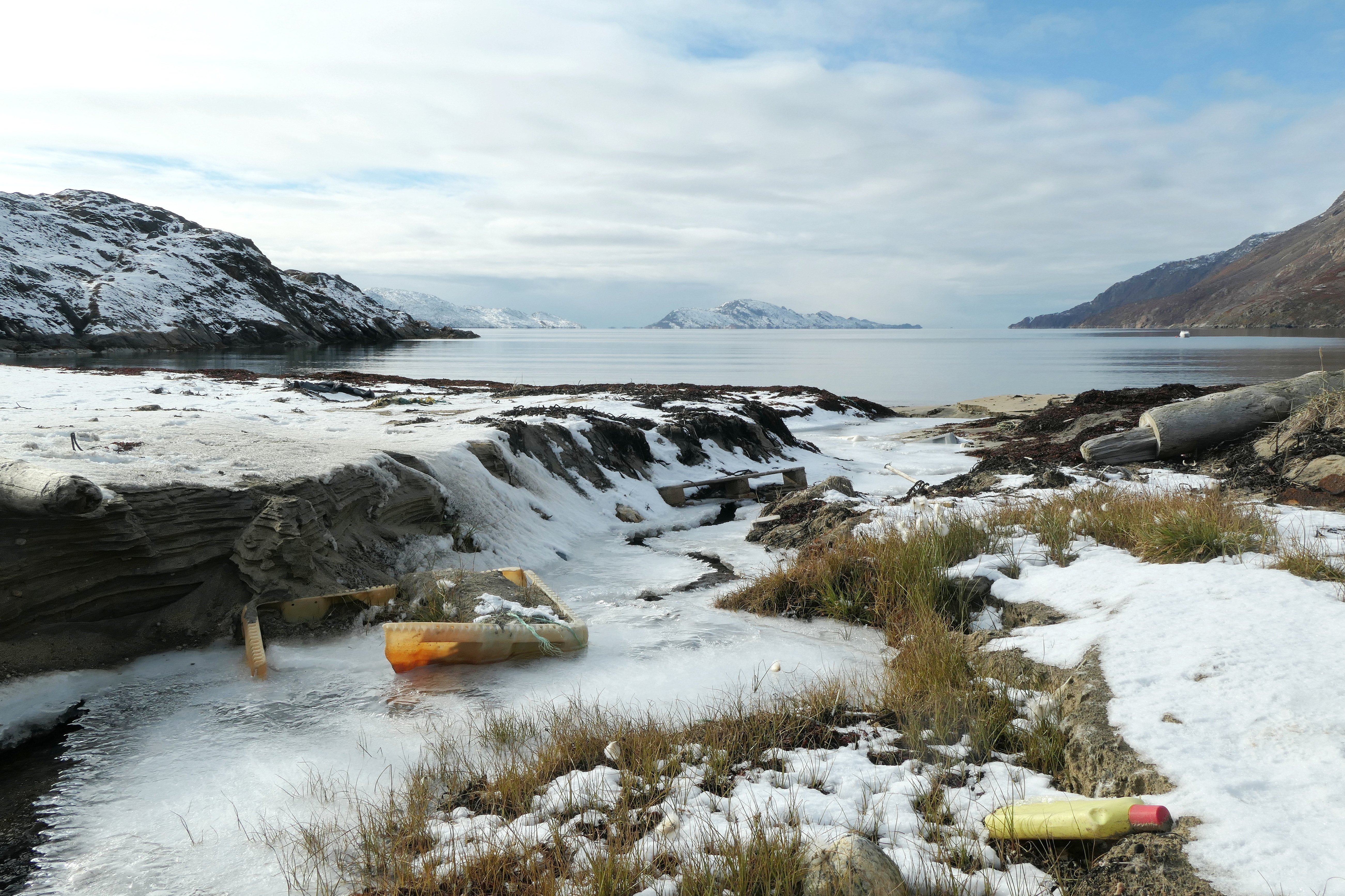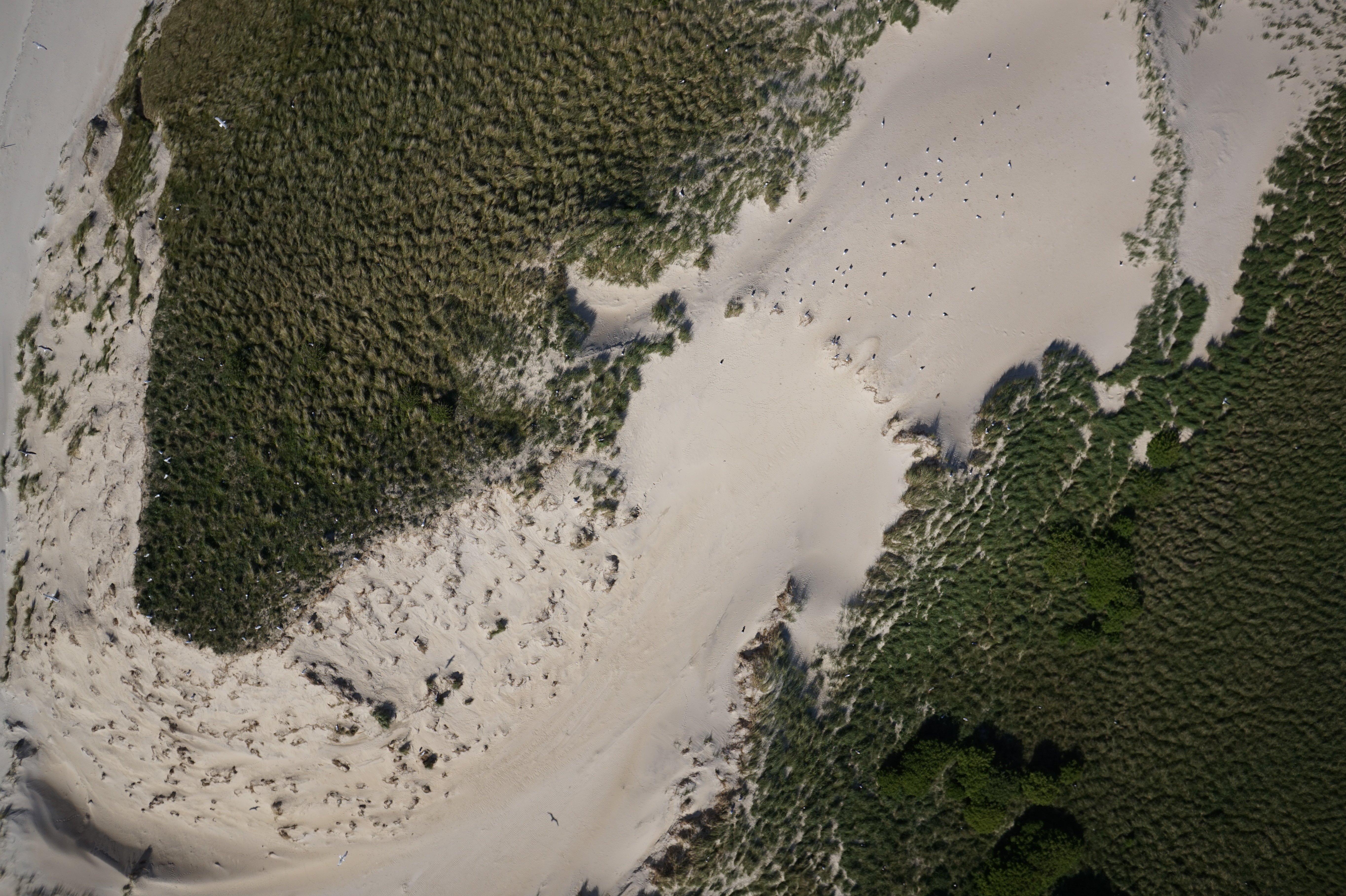Drone-based aerial surveys
Use of drones allows capturing timely, high-resolution aerial photographs for various purposes. Among others, these include biological surveys or the supervision of construction and compensation measures. Drones may increase the accuracy of counts of marine species by at the same time avoiding disturbances caused by the observer.
From survey to evaluation
Drone surveys can be used for various purposes:
- Biological surveys, even of marine species (i. e., breeding and resting birds, harbour seals and grey seals)
- Mapping of mussel beds and seagrass meadows
- Beach litter mapping
- Vegetation mapping
- Supervision of construction and compensation measures
- Land surveying
- Surveys of coastal lines, dunes and dikes
- Documentation of damages of the crop caused by excess moisture or draught
Our drones
BioConsult SH has different drones that can be deployed flexibly depending on the required size of the area or the characteristics of the object.
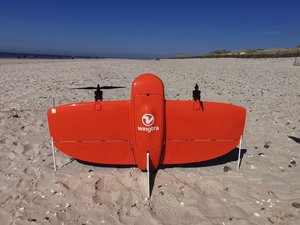
© M. Schnurawa
WingtraOne Gen II
- Monitoring drone for large areas (> 100 ha per flight)
- RGB and multispectral sensor
- PPK-equipped to produce centimetre-level georeferencing
- Nadir images
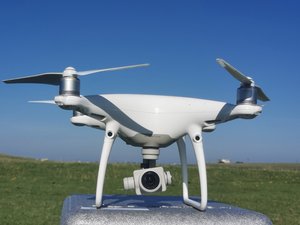
© M. Schnurawa
DJI Phantom 4 Pro
- Multicopter drone for images and video
- RGB sensor
- Nadir and off-nadir images
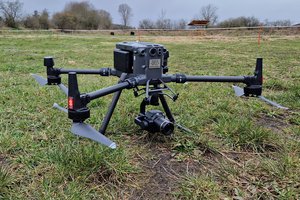
© M. Schnurawa
Matrice 300 RTK
- Monitoring drone for large areas
- Drone for images and video
- RGB and multispectral sensor
- RTK-equipped to produce centimetre-level georeferencing
- Nadir and off-nadir images
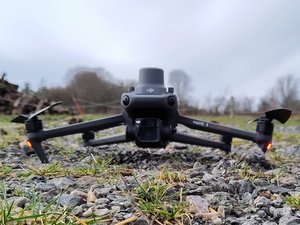
© A. Kersten
Mavic 3e
- Multicopter drone
- Image and video recording
- RGB sensor (wide-angle and zoom)
- RTK module for centimetre-level georeferencing
- Nadir and off-nadir recordings
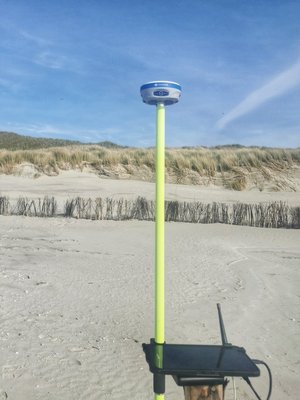
© Marc Schnurawa
GNSS Receiver Stonex S900T
- Base station to perform post-processed kinematic (PPK) of drone images
- Optional base and rover configuration
- Receives GPS, GLONASS, Galileo, Galileo
- Sub-centimetre accuracy of ground control points (GCPs)
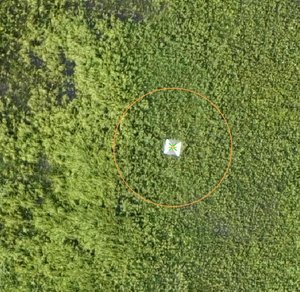
© BioConsult SH
GCPs
- Standard size: 30 cm and 50 cm
- Absolute accuracy of drone location data
- Validation of RTK and PPK accuracy
Data processing and evaluation
Next to simply record data, BioConsult SH additionally offers data processing and content-related evaluation.
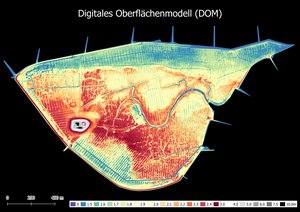
© BioConsult SH
Processing of drone images
- Digital surface model (DSM)
- Orthophotos
- Digital terrain model (DTM)
- Index maps for multispectral images
- Vegetation indices
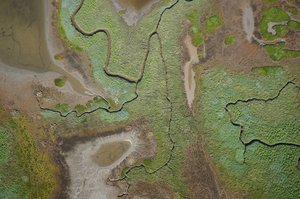
© BioConsult SH
Content-related evaluation
- Identification of marine species and birds
- Breeding bird monitoring
- Vegetation analyses
- Object identification and recognition
- Volume estimates
- Development and application of automatised data analysis methods (AI)
Reference projects
Papers and reports
Drone-based monitoring of intertidal blue mussel beds in the Wadden Sea – comparison of a threshold and two machine learning approaches
Front. Mar. Sci. 11:1381036. doi: 10.3389/fmars.2024.1381036
https://www.frontiersin.org/articles/10.3389/fmars.2024.1381036/full

